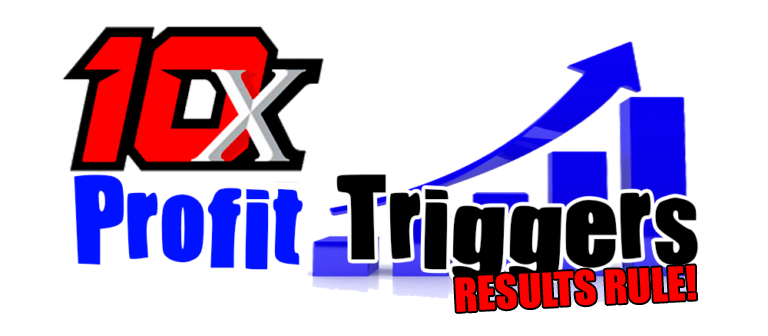
For years, we’ve emphasized a fundamental principle: “Brand building should be a happy by-product and not bought.” In a world where small businesses and entrepreneurs often receive advice like “if you build it, they will come” or “just get your name out there,” it’s essential to recognize that successful brand building should stem from planning and strategy.
When we discuss brand building in the context of direct response marketing, we focus on three crucial components: message, story, and visual presence. Your message reflects how the public perceives your business, your story defines who you are to the public, and your visual presence encompasses elements like logos and colors.
So, how does direct response brand building differ from merely getting your name out there? For small businesses and entrepreneurs, it’s about making sure that every effort you invest in promoting your brand is tied to measurable results, specifically revenue generation. It’s not about mere visibility but about intelligent exposure where every action is trackable, ensuring you simultaneously build your brand.
As entrepreneurs, we can’t afford to pour money into brand building without immediate returns. We need to see a quick, positive impact on our bottom line. This philosophy aligns with Magnetic Marketing’s core principles, emphasizing results-driven strategies.
Before diving into brand building, you must lay the groundwork to ensure you’re creating something people want and are willing to pay for. In essence, without the exchange of money, there is no sustainable business.
Identify Your Ideal Customer:
Dan Kennedy famously said, “If you try to appeal to everyone, you’re going to appeal to no one.” Before building your brand, pinpoint your ideal customer—the person who will exchange money for your products or services. Attempting to cater to everyone dilutes your brand’s message and effectiveness.
Consider big brand companies like Budweiser. They target specific demographics, such as everyday men who enjoy drinking beer in a relaxed setting, rather than the female audience frequenting dance clubs. As a small business or entrepreneur, you must be equally discerning in your marketing efforts, focusing on a well-defined niche to maximize your budget’s impact.
Why can’t you appeal to everybody? Firstly, budget constraints make it impossible to reach everyone effectively. Secondly, your message and branding must resonate with your audience to trigger a meaningful connection. In today’s specialized market, niche targeting is the most effective approach.
Choosing Your Ideal Client:
To determine your ideal customer, visualize your favorite current clients. What do you like most about them? Consider factors like timely payments, a pleasant demeanor, referrals, and advocacy for your business. Identify commonalities among these preferred clients to create your customer avatar.
But don’t stop at commonalities—dig deeper. Understand their frustrations, fears, and desires related to your products or services. By delving into their psyche, you can align your brand more closely with their motivations.
The Three Components of Your Brand:
Your brand comprises three key components: message, story, and visual identity.
- Message: Your message should focus on benefits for your customers—how you can fill a need, solve a problem, or help them achieve a goal. It must answer the “What’s In It For Me” question from the customer’s perspective.
- Story: Your story creates an emotional bond with your audience. People do business with people, and they prefer those they have something in common with or aspire to be like. Highlight shared experiences and commonalities to strengthen this bond.
- Visual Identity: Your visual identity includes elements like colors, logos, and imagery. Choose visuals that resonate with your target market. Ensure consistency in your visual identity to reinforce brand recognition.
As an entrepreneur, your personal brand is inseparable from your business brand. People connect with individuals more than companies, making your story and personality vital elements of your brand. This personal touch sets you apart from competitors and builds stronger, lasting relationships with your audience.
In conclusion, direct response brand building isn’t about passive visibility but smart, results-oriented strategies. Start by identifying your ideal customer, then craft a message that addresses their needs. Share your story to create an emotional connection, and maintain a consistent visual identity. By following these principles, you can build a brand that resonates with your audience, drives revenue, and stands out in a crowded market.

